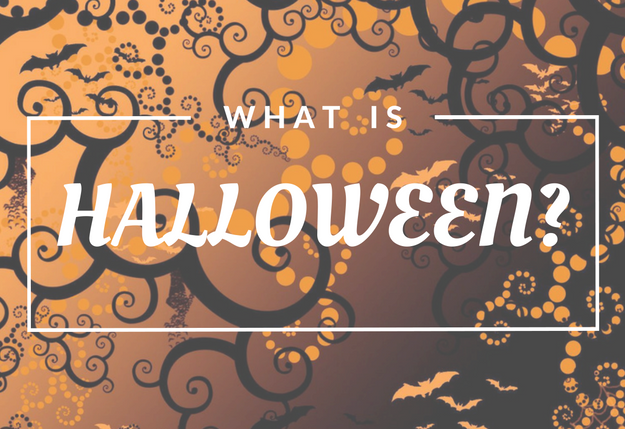To many people brought up on the modern horror diet of Nightmare on Elm Street and Poltergeist, Halloween is par for the course, cool, and even fun. Dressing up in ghoulish costumes, going around the neighbourhood to trick-or-treat and sharing horror stories on October 31 of every year is considered harmless fun, a time to let one’s hair down.
However, as Christians, we should be aware that Halloween has pagan roots. For the ancient Celts – the predecessors of the Welsh, Scottish and Irish peoples – October 31 was the first day of the new year called Samhain. According to the Irish sagas, which were penned sometime between the 9th and 12th centuries, Samhain was the day that many mundane chores were done: crops were harvested and farmsteads secured. October 31 also marked the end of fall and the start of winter, which was a time of increasing darkness, death of vegetation and the harvest; all this contributed to the symbolism of the day, and in turn, its power.

